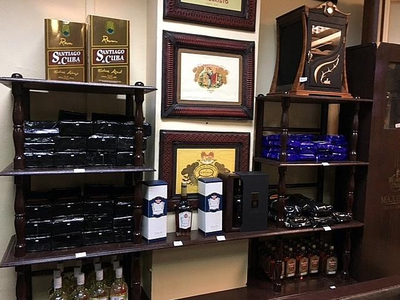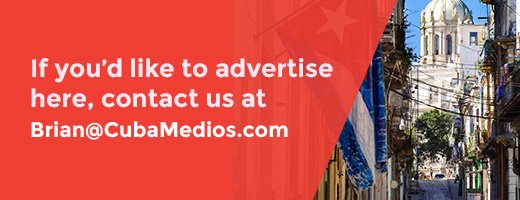History and Havana go hand in hand. The name “Havana" stimulates images of Spanish conquistadors, revolutionary heroes, and a long list of famous people who once basked on these sun-splashed shores. Today, the fascinating history of Cuba's capital awaits travelers at every twist and turn from the cobble stone streets of Old Havana to the beautiful Cuban Baroque buildings to the historic forts, museums, legendary restaurants, and lively public squares.
A fiesta for the senses, Havana is a city made to stroll. Listen to live rumba music on a street corner, feast at restaurants where Hemingway once dined, or inhale the salt-soaked air along the famous Malecón. But perhaps the best part of a visit to Havana is the people. Friendly and outgoing, the locals are proud of their culture-rich Caribbean city and happy to share its historic treasures and many hidden gems.
Old Havana
La Habana Vieja, or Old Havana, is the historic heart of Cuba’s capital city and the largest colonial centre in Latin America. Full of colour and personality, it’s a mix of historic buildings, museums, galleries, churches and lively plazas.
Old Havana is where most of the tourists to Havana spend their time. It’s full of interesting architecture and easily walkable, with most of the main attractions concentrated around four plazas. While the main plazas in Old Havana have been restored to their former splendor, wander just a few blocks away and you will see the crumbling colonial charm Havana is known for.
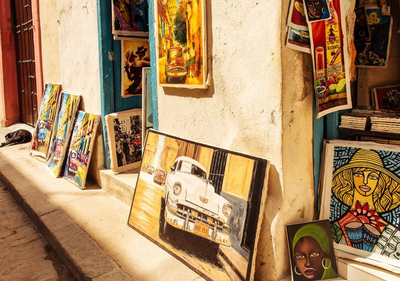
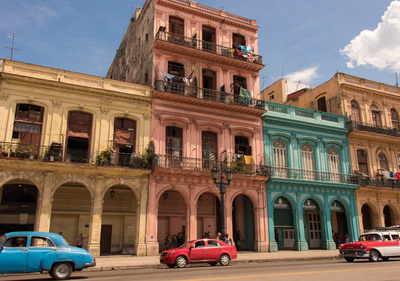
Hemingway House & Museum
The trail of Ernest Hemingway is a relatively easy one to follow throughout the hotels and bars of Havana but one of its most important stops is still fairly new and slightly off the beaten path.
The Museo de Ernesto Hemingway is located in a ‘suburb’ of Havana called San Francisco de Paula. Here lies La Finca Vigia (“the lookout farm”) a Moorish-style house that Hemingway originally rented, then purchased, on a hillside estate with Havana and the sea on the horizon.
Today, Hemingway’s home is a museum open to the public. It is a twenty-minute cab ride from the core of Havana. Hemingway and his third wife, Martha Gellhorn, originally settled here in 1939 after living for a time at the Hotel Biltmore Sevilla. The estate sprawls over 15 acres of land (large enough to host impromptu baseball games with some of the local children) and is home to hundreds varieties of trees.
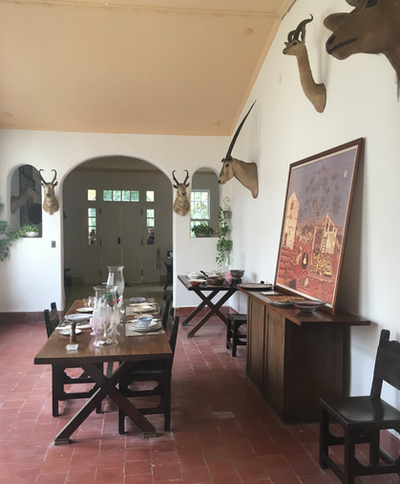
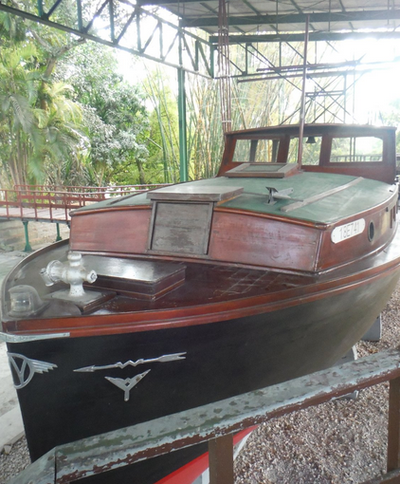
Square of Revolution
The Square of Revolution is both a symbol of Cuba’s history and the place where it is still being made. Here, Castro has addressed millions of Cubans on a wide number of occasions, and it is also the home of Cuba’s National Theater. Few icons along Havana’s landscape have quite the history and story to tell as Revolution Square, and for those lucky enough to visit the island, no Cuba educational trip can be complete without a tour of all that the plaza has to offer.
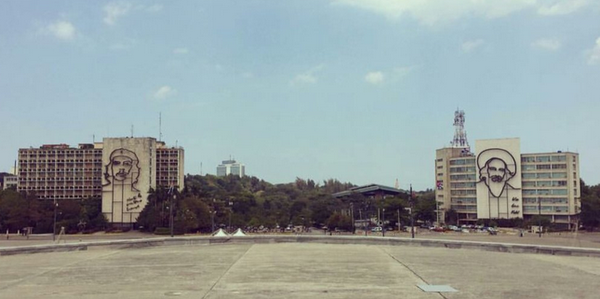
Christopher Columbus Cemetery
Located in the Vedado section of Havana – where many of its current occupants once lived – Colón Cemetery was founded in 1868 and named for Christopher Columbus. More than a burial ground, Colón is a historical catalog of the forces that shaped Havana, and it gives context to the living.
This world famous cemetery is located just at the city center near Revolution Square. Inside you will find the biggest concentration of statues and funerary monuments in Cuba. Originally a Roman Catholic cemetery, Colón was laid out in quadrants, suggesting a crucifix. Entry is through the Gate of Peace, a trio of giant Romanesque-Byzantine arches that lead the way into a broad, tree-lined avenue. The finest monuments were to line the main streets, just as in a true urban center, where the best houses line grand boulevards.
It may be seen as a great sculptural museum outdoor which its imposing beauty can be see from its own main access of romantic style, been showed as an ending of the great size sculpture made by José Vilalta de Saavedra, in which he artist represented theologian virtues like Faith, Hope and Charity.
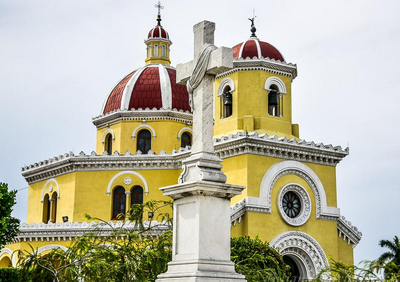
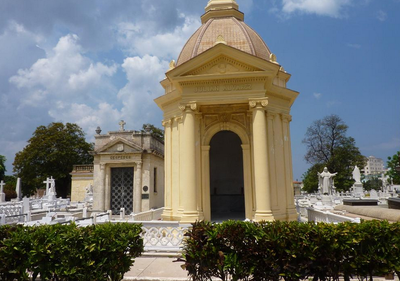
Cigar/Tobacco Tours
Havana is the birthplace of premium cigars, and the city is dotted with cigar factories of all shapes and sizes. Most tourists believe only the Partágas Factory is open to visitors, but three in Havana welcome tourists: the Romeo y Julieta Factory, La Corona and Partagás.
Production here is unlike almost every place else. Cuban cigarmakers, unlike their counterparts in most of the non-Cuban cigar world, make the entire cigar themselves. Most cigar factories in the Dominican Republic, Honduras and Nicaragua split the process between roller and buncher.
While Cuba was the first to make cigars, Havana cigar factories have learned some new tricks from their counterparts in the Caribbean and Central America. Draw testing machines are now in every Cuban cigar factory, which makes for better cigars, and has greatly reduced the draw problems that plagued Cuban cigars in the late 1990s. Cigar production has also slowed considerably, and is far from the crazy days that came as a reaction to the cigar boom.
Partagas Factory
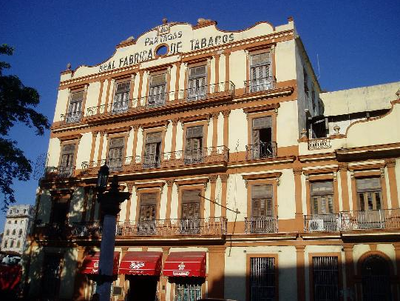
La Corona Factory
